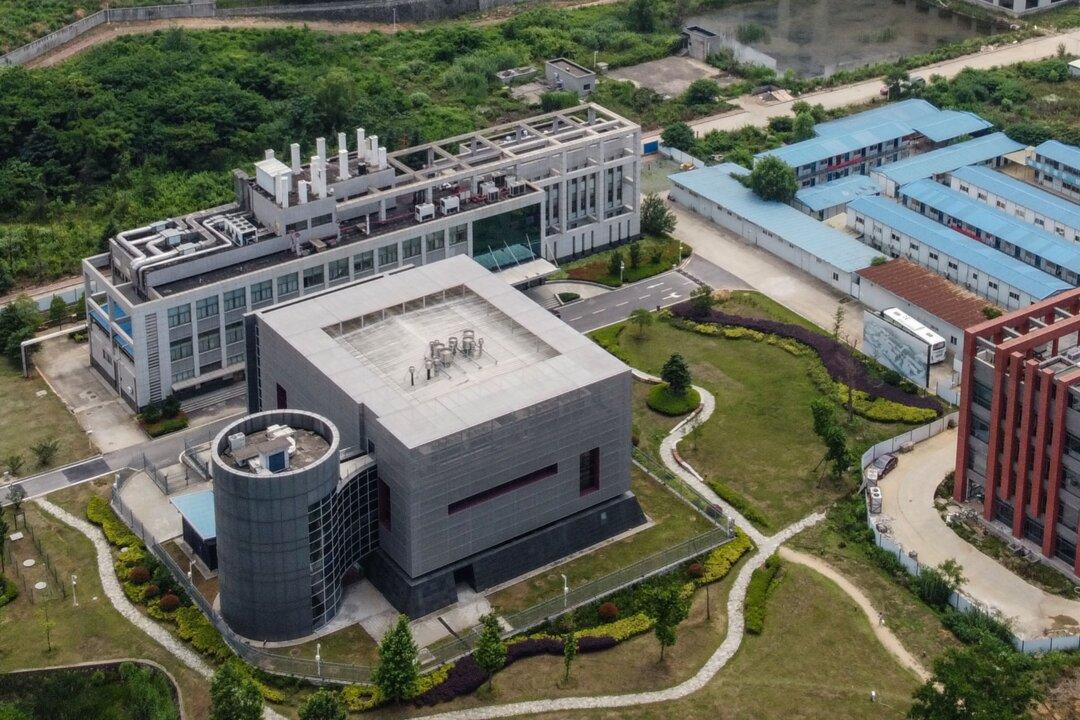Commentary
The question of the COVID-19 pandemic was placed in the first and most important place in the two formal presidential debates and the vice presidential debate.

The question of the COVID-19 pandemic was placed in the first and most important place in the two formal presidential debates and the vice presidential debate.